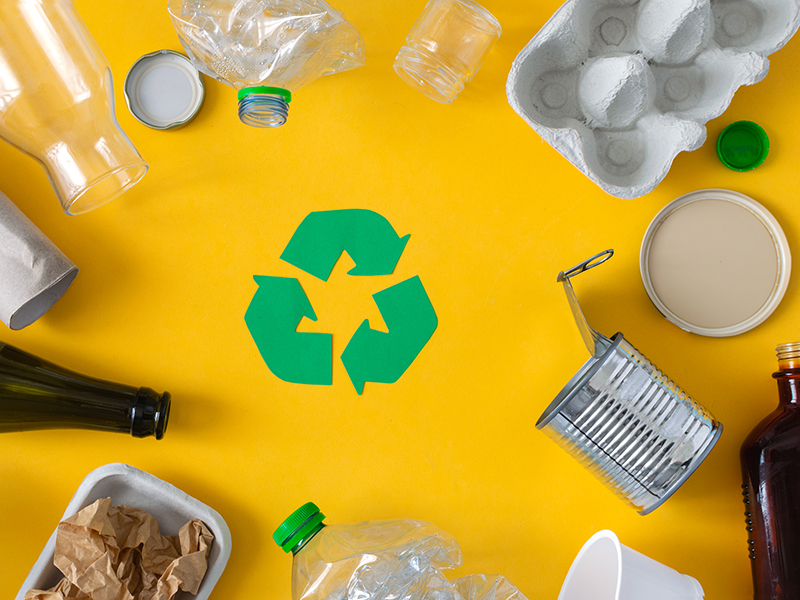Market Report
The Future of Mechanical vs Chemical Recycling to 2027

A new report from Smithers, The Future of Mechanical vs. Chemical Recycling to 2027, details growth in chemical recycling despite, in some cases, higher initial investments than those needed for mechanical recycling. Over the next five years and beyond the report period, both chemical and mechanical processes will complement each other while the current and future increasing crisis with regards to plastics and elastomers will be more controlled by a combination of strict legislation and timely recycling investments.
Europe is far more advanced in the field of chemical recycling, than the rest of the world. There is hope that progress made there will serve as an example globally.
Recycling of plastics and elastomers for automotive applications
The global automotive industry is one of the largest consumers of plastics and rubbers. While the most visible and obvious elastomer component is the tire, it only represents a very small part of the make-up of a motorised vehicle. While only occupying about 13% of the weight of an average motor vehicle, it is important to know that plastics and elastomers represent a far greater volume due to their very low specific gravities. Steel represents about 65% by weight but has a specific gravity of over six times more than even the heaviest of plastics and elastomers which are used in the automotive industry.
Given that the world produces over 80 million motor vehicles per year, its demand for plastics and rubbers is extremely high. European legislation is the strictest and more constructive legislation for the recycling of defunct vehicles. Up to 95% of the total weight of a vehicle is recycled in the European Union, but not elsewhere since not every country in the world has such strict legislation. This policy of recycling as much of a vehicle as possible has served and continues to serve the automotive industry extremely well. However, most of the recycling of plastics and rubber is mechanically recycled, without regard to its properties. Elastomers are hardly recycled at all.
Mechanical recycling of automotive components is well established in most of the industrialised nations. Although, there is still a lot of work to be carried out to bring automotive recycling to the same level throughout the world.
Recycling of plastics and elastomers for packaging applications
Apart from the importance of recovering the value of waste plastics and elastomers used in the packaging industry, the industry must learn to recycle all its polymeric materials. World-scale pollution caused by packaging waste dictates this alone. While mechanical recycling has begun to solve this problem, it is nowhere near to resolving the growing landfills of plastics and to a certain extent elastomers. All potentially reusable waste can be recycled, at cost.
Only a year ago recycled plastics cost more than their virgin equivalents. Since the end of 2022, prices of plastics have increased and now exceed those of recycled plastics by at least 50%. Thus, recycled plastics are now more popular than ever before. Even so, the capacity to recycle plastics for reuse in packaging is far below market demand.
Chemical recycling allows waste plastic to be converted into its monomer, at a lower cost than a monomer produced from fossil petroleum sources. It can then be used to produce high quality packaging polymers, at lower prices. There is sufficient waste available to supply the world’s needs for years to come. Chemical recycling capacity will continue to grow to meet the needs of the packaging market.